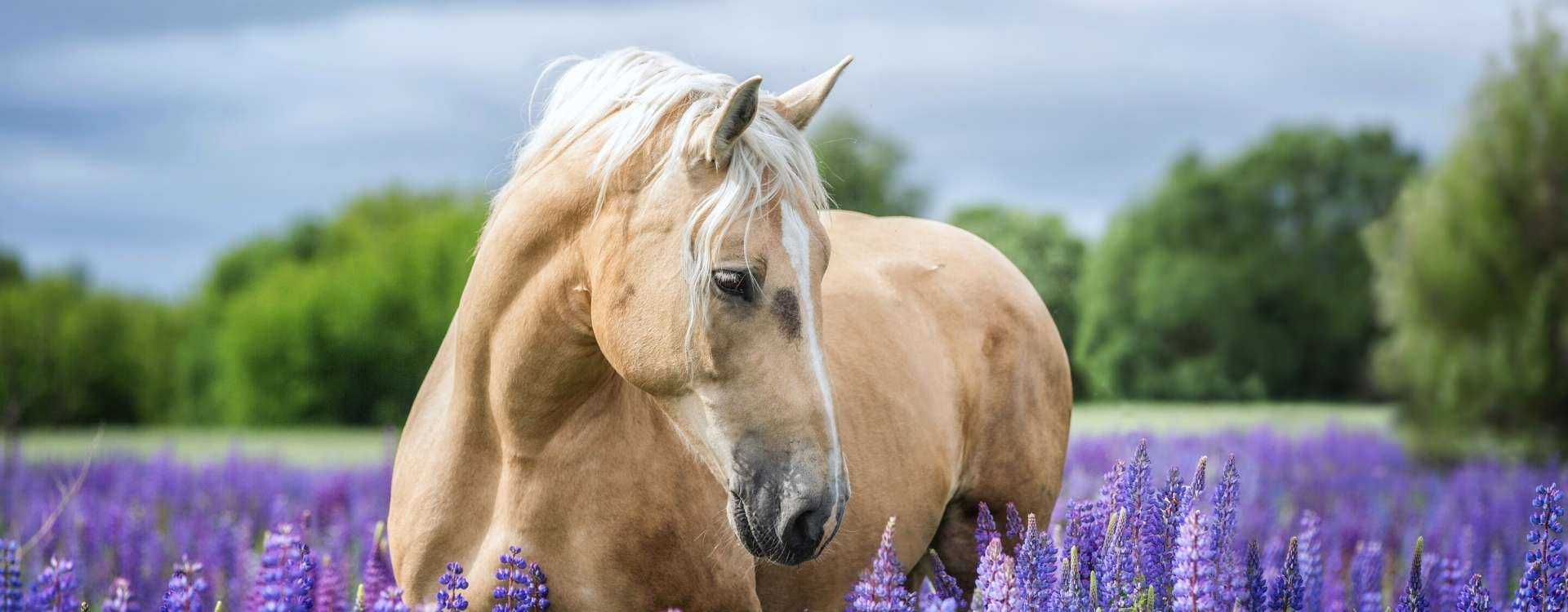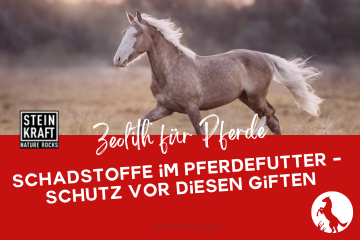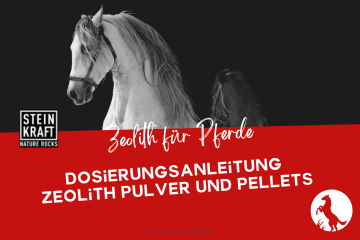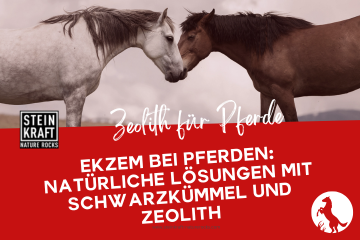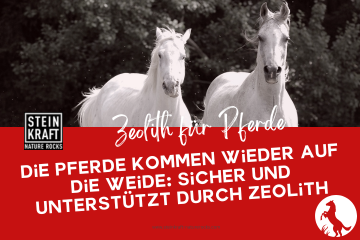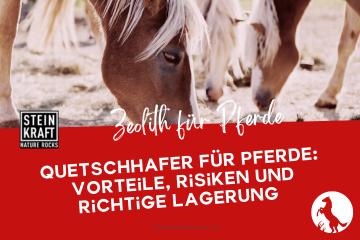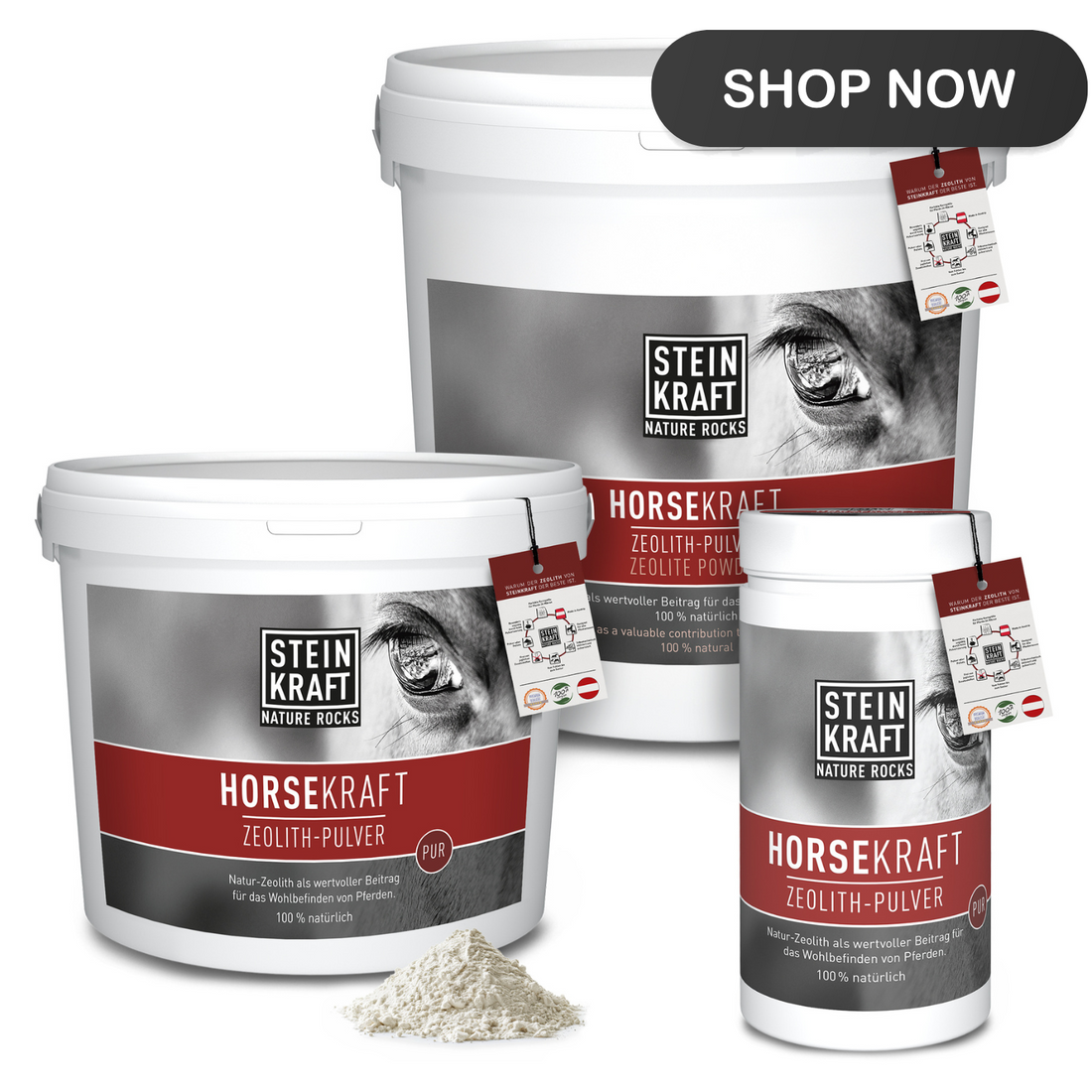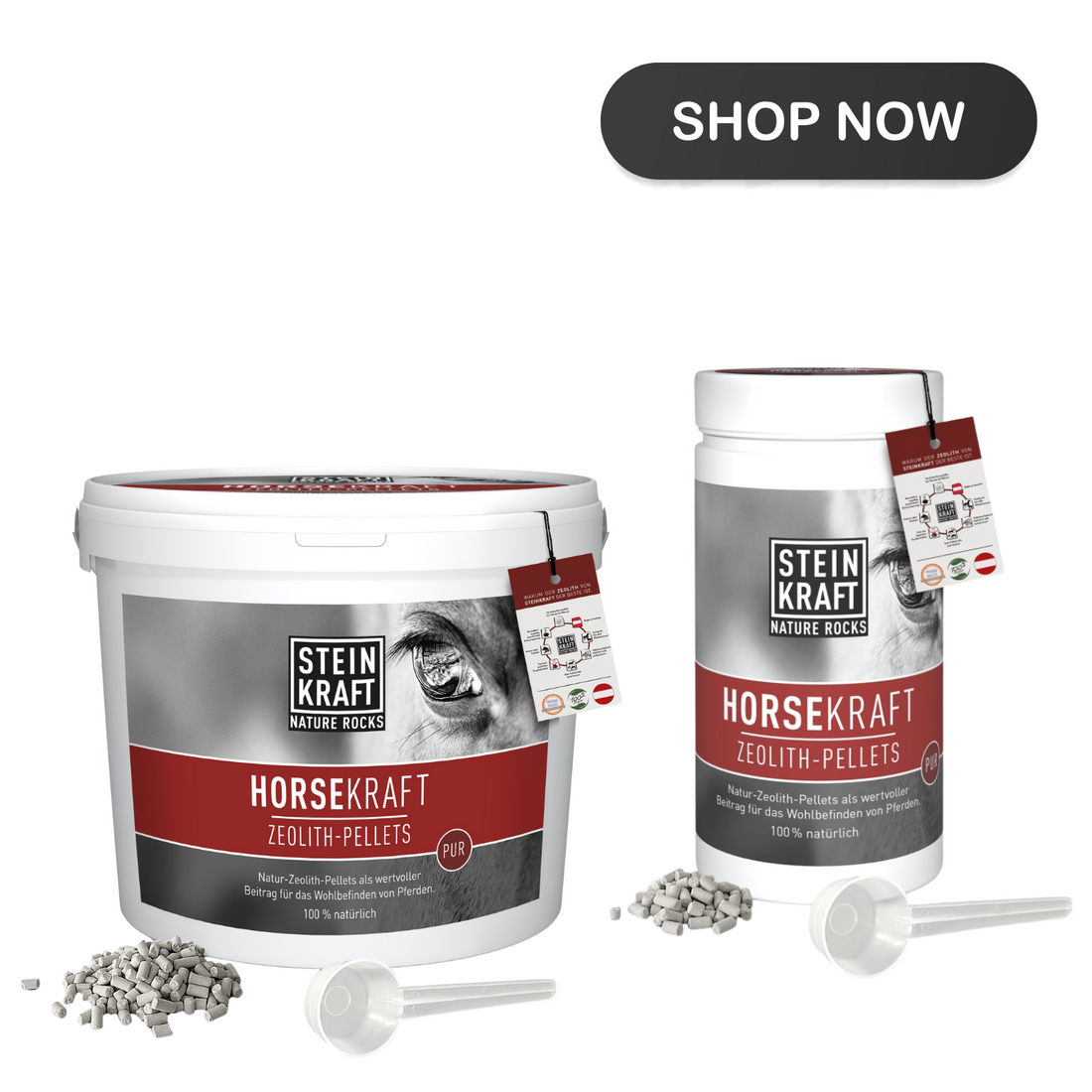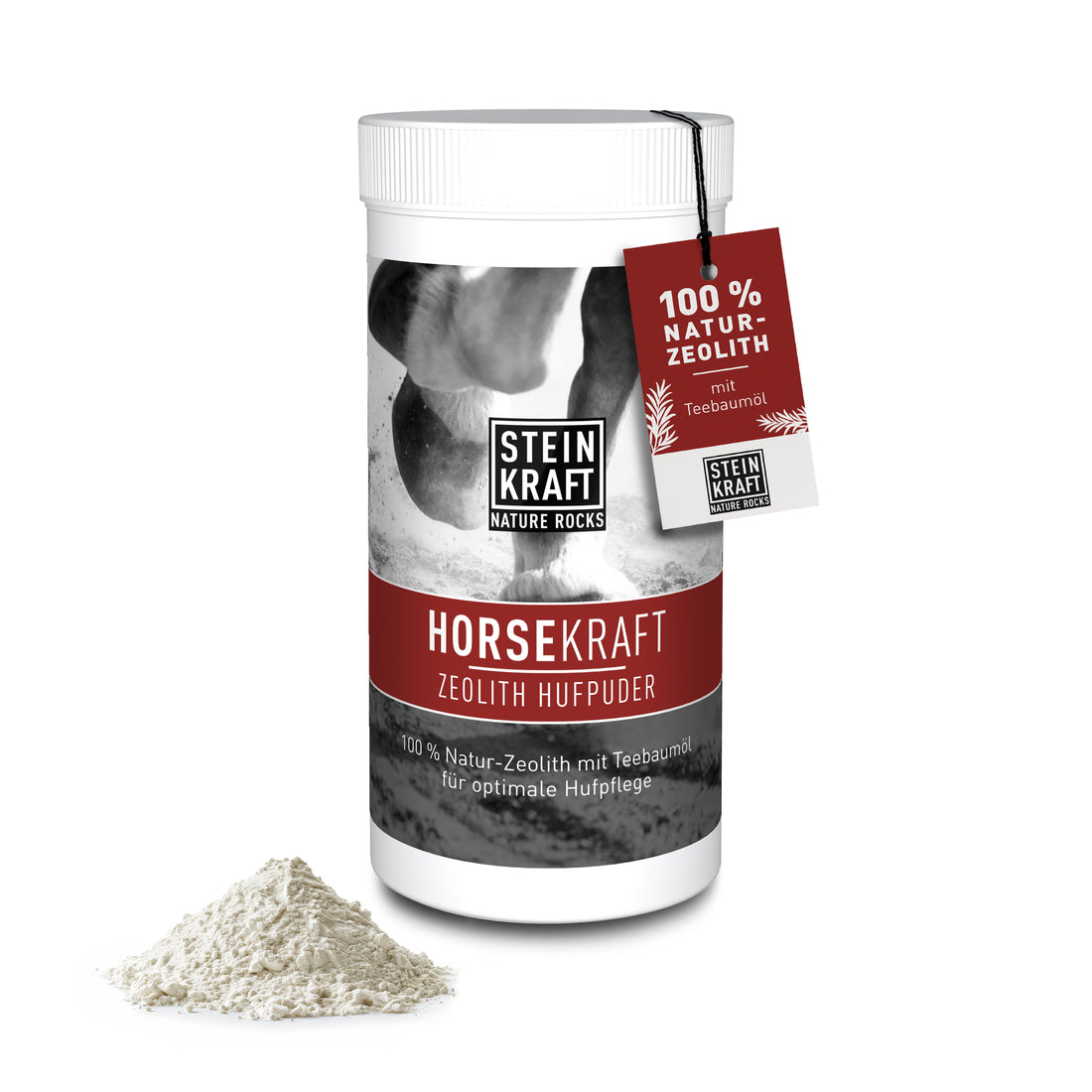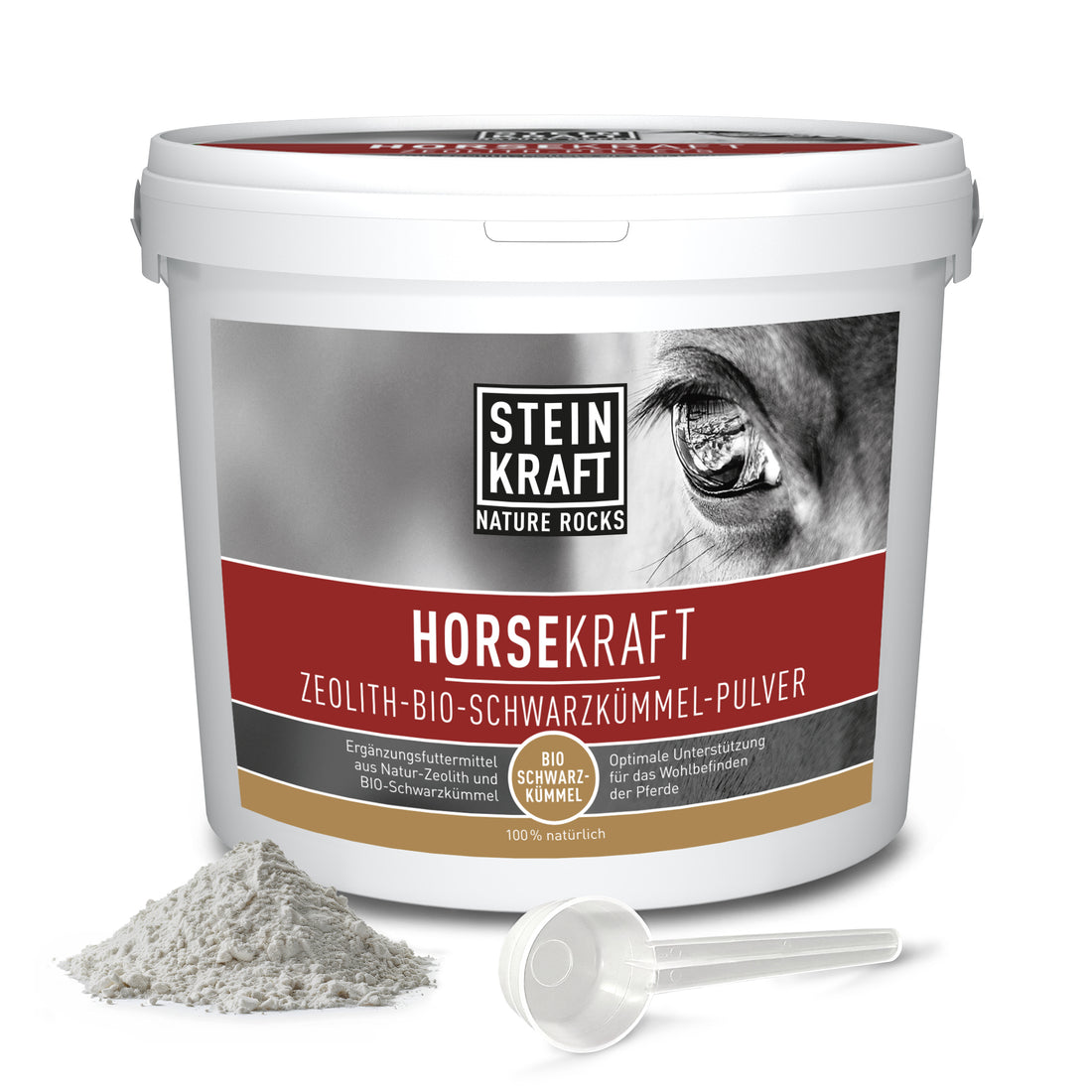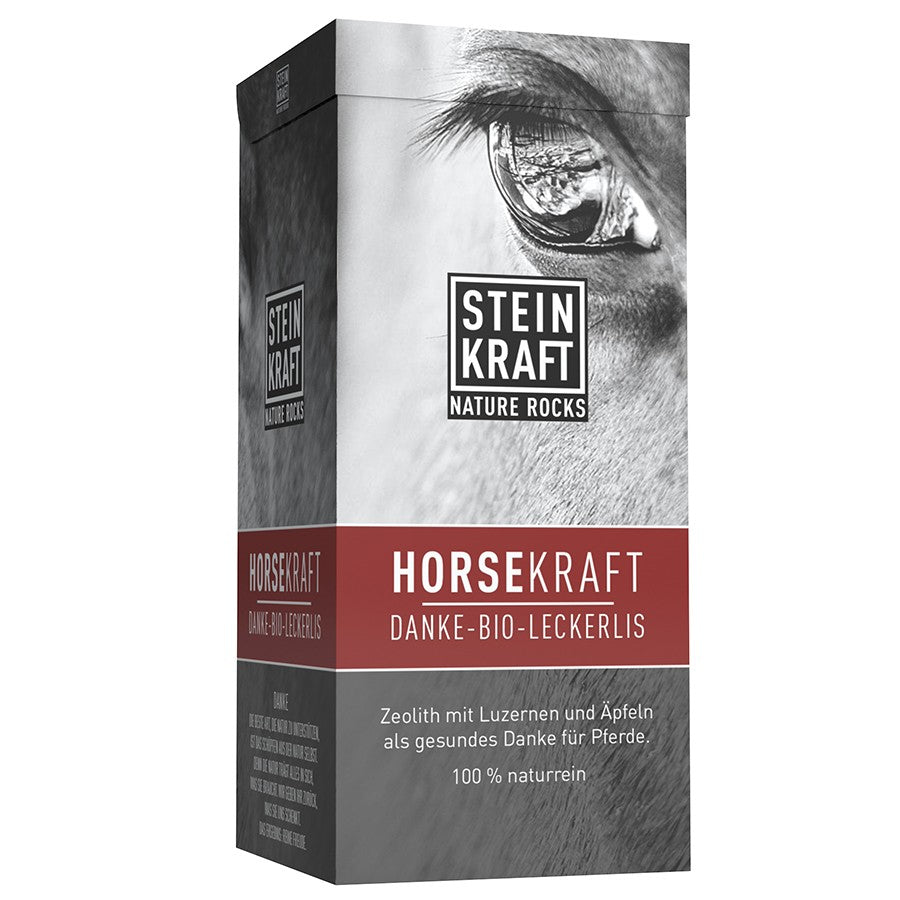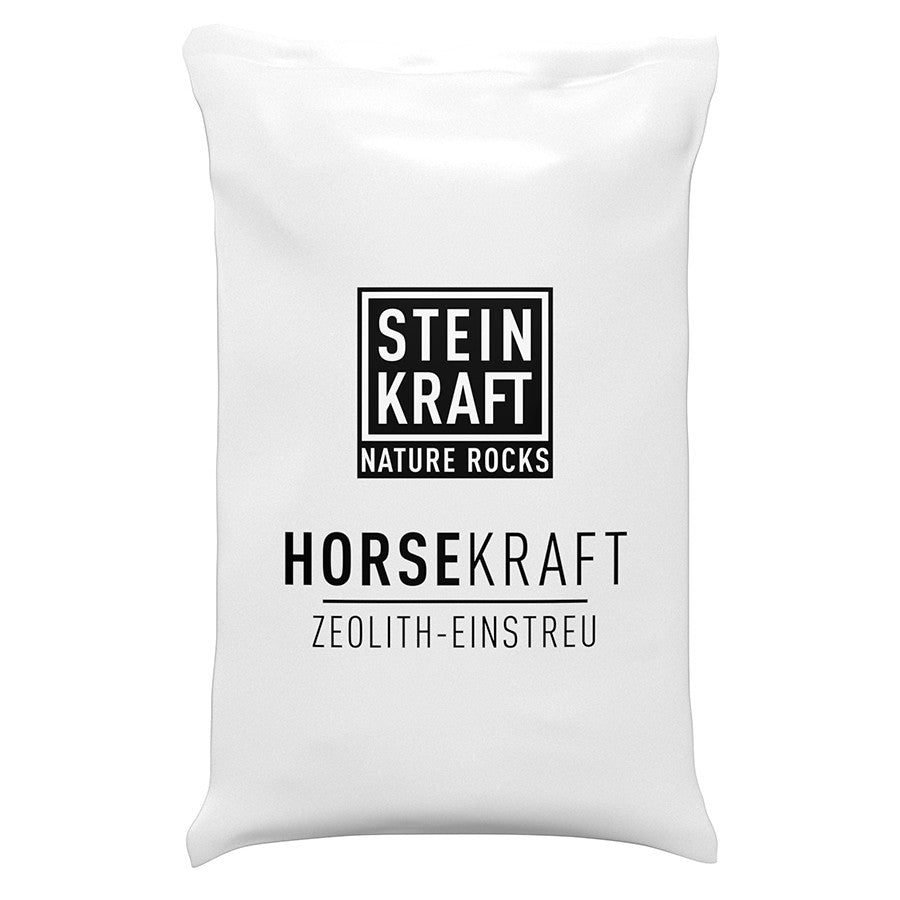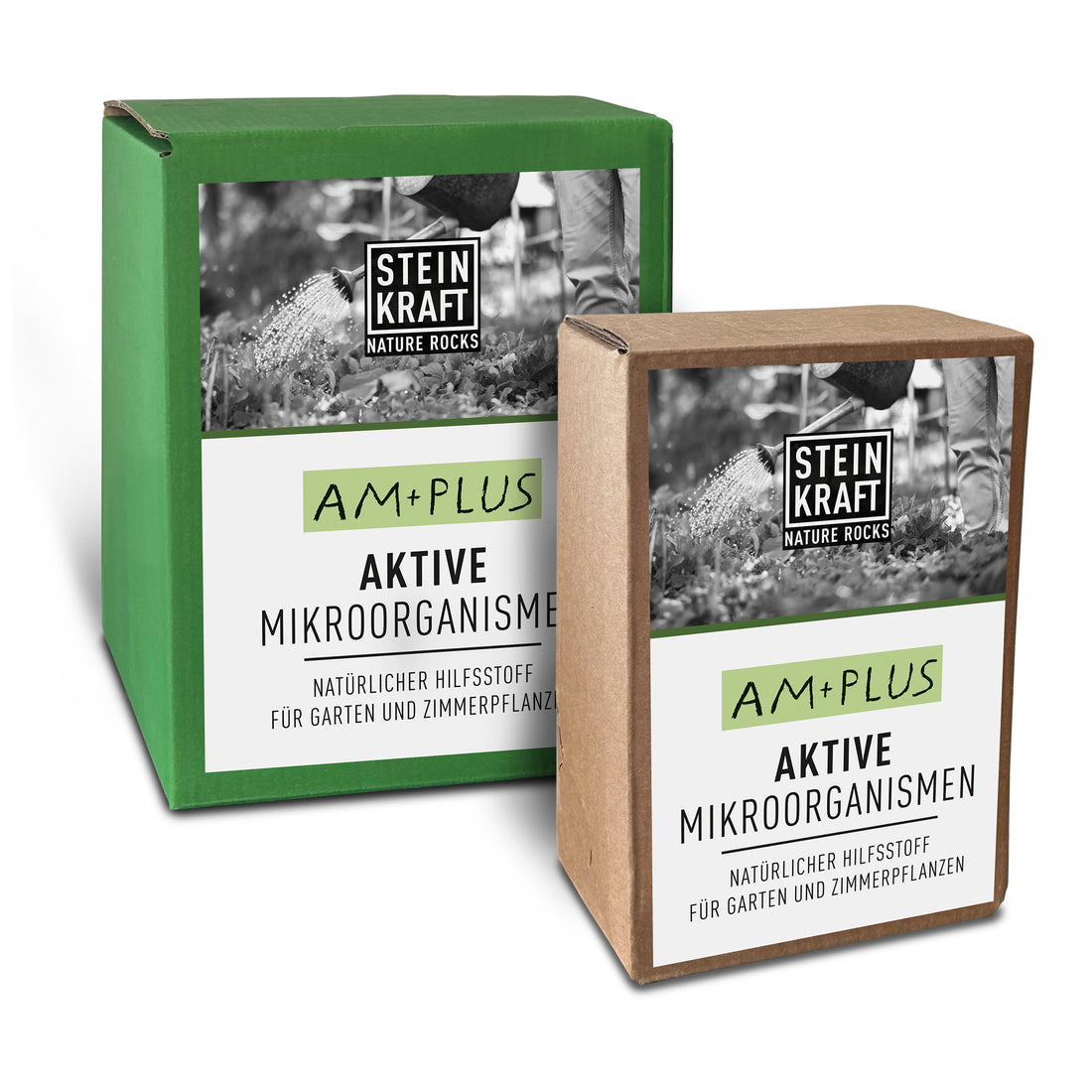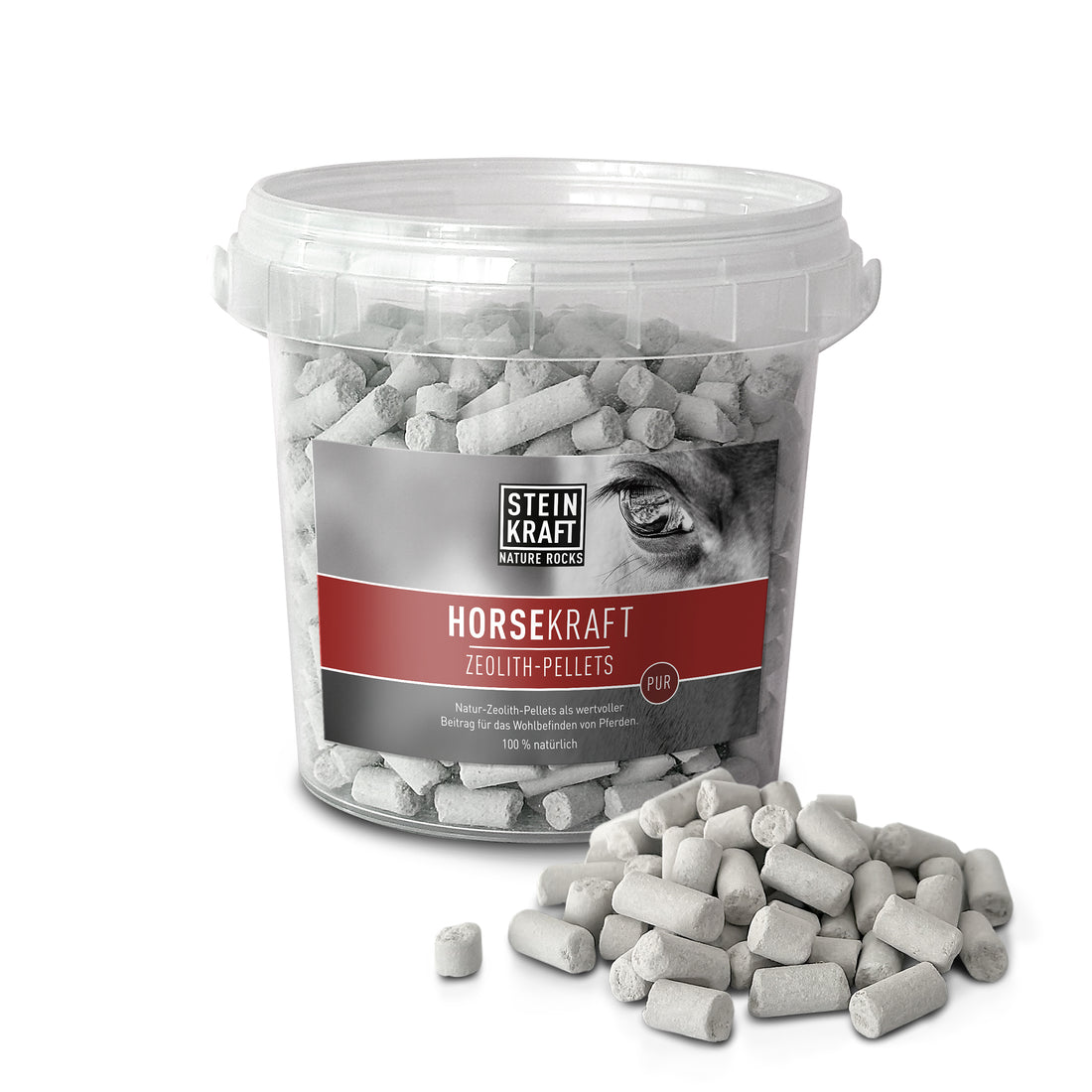Laminitis – Symptoms
How can we recognize acute laminitis?
Acute laminitis is extremely painful for the affected horse. If laminitis is suspected, a veterinarian should be consulted immediately! They can provide pain relief and information about the possible cause(s) of the condition. In addition to feeding-related laminitis, which is a fairly common cause of this condition, there are also stress-related, birth-related, and disease-related laminitis. A thorough medical history by a specialist is essential for further treatment of the condition.
The following symptoms may be signs of acute laminitis:
- Warm, pulsating hooves
- Heavy sweating and trembling of the muscles
- Increased pulse and respiratory rate; in some cases also fever
- Pain face – tense nostrils, ears are half laid to the side, horse's mouth is very tense
- Relieving posture – lameness, relief posture; horse lies down to relieve and protect sore feet
- Weight shift to hind legs while front legs are stretched out to relieve the hooves (horse arches its back upwards)
- Lifting the limbs is not possible because shifting the weight causes more pain
- Colic symptoms
Laminitis – Relief
What immediate measures we can take in cases of acute laminitis!
After calling the vet, we naturally want to do everything in our power to make the waiting time as bearable as possible for the sick animal. The following immediate measures can alleviate the sick horse's acute pain and help us make the most of the time until the vet arrives.
- Cooling the hooves in a cold water bath (put the bucket and hooves in one after the other), using a water hose or cooling elements
- Place horse on soft ground
- Avoid exercise as much as possible
- Check PAT values
Laminitis – Prevention
What we as horse owners can do preventively!
In my last blog post, I already mentioned the glucose and starch content in spring grass as a possible cause of laminitis. Especially now after the long winter break, it's important to pay attention to the time of day you let your horses graze. Since temperature has a significant influence on the concentration of glucose and starch in the plant, cooler temperatures pose the risk of your horse's insulin levels skyrocketing due to the overly rich grass, severely overtaxing its sugar metabolism and promoting the development or recurrence of laminitis.
★ In general, grazing should be designed to suit our horse's individual diet. This is especially true if the veterinarian has diagnosed a previously ill animal with feed-related laminitis. We also want to prevent our horses from becoming overweight and ensure that exercise and feed intake are balanced! The risk of developing laminitis increases significantly in overweight horses and ponies.
Important tip: Walk around the pasture and check for any potentially poisonous plants growing there! If so, remove them before you start grazing. Our pasture, for example, unfortunately produced a lot of ragwort every year alongside lush green grass. Toxic substances in the forage can also cause laminitis!
Once laminitis has occurred, it unfortunately often becomes a permanent companion, and from then on, special attention must be paid to the holistic well-being and general fitness of the laminitis patient. This can be quite demanding, especially if our horse or pony is part of a herd in which each animal naturally has its own individual, very specific needs that must be met. From personal experience, I can report that at the time, due to chronic laminitis, we had to provide two of our ponies with significantly more intensive care than was the case with the rest of the herd, especially in terms of nutrition.
★ If possible, we should organize the grazing times for laminitis patients independently from those of other horses. One option, for example, is to turn them out to grass for a shorter time but perhaps a little more frequently – depending on the season, of course (watch out for spring grass, you know...). Dividing the pasture into smaller areas can also make it easier for us to organize the grazing time for laminitis patients independently of the rest of the herd. Staking out pastures can also establish a kind of rotation system, so that the previously affected animals graze on the already grazed patches for a while longer before moving on to a slightly more lush patch. Feed muzzles and hay nets can also be a worthwhile investment to monitor the food intake of a previously affected animal.
Are ponies more susceptible to laminitis than horses?
It's often said that ponies are more susceptible to laminitis than large horses. This is certainly due in no small part to the fact that they tend to become overweight more quickly, are considered more robust due to their anatomy, and are therefore fed a different diet than their actual needs. Both of our ponies had already suffered from acute laminitis at the time of purchase. Unfortunately, we were very naive (our first pony and we were completely in love) and trusted the seller too much. In retrospect, a complete examination by a veterinarian – from head to toe, including x-rays – would of course have been absolutely necessary to inform us about any pre-existing conditions. Not necessarily motivated by the desire to overturn the purchase decision, but primarily to assess the animal's current and acute health condition and to know exactly what to expect. Based on the specialist's medical history, the owner can initiate appropriate measures directly and prepare for what may occur.
Being well informed about the health and pre-existing conditions of our horses and ponies is incredibly important! Laminitis, in particular, which can quickly develop into a chronic condition, requires our watchful eye. This naturally also applies to our ponies and their diets. We shouldn't be too careless with them and should adapt their diet to their health, breed, and exercise level.
Zeolite organic black cumin powder fights eczema and mosquitoes in summer!
For those of you whose horses suffer from sweet itch, now is the right time to counteract it with Zeolite Organic Black Cumin Pellets. Allergic skin irritations, which manifest themselves in severe itching and are exacerbated by annoying little mosquitoes and flies in the summer, can be optimally prevented with the help of Zeolite Organic Black Cumin Pellets! Dosage and feeding instructions can be found directly on the product packaging. You can also currently receive a 20% discount on a 1kg can of Zeolite Organic Black Cumin Pellets. This is especially suitable for Steinkraft newbies who want to try it out. Zeolite Organic Black Cumin Powder is 100% natural and vegan. Click here for the product >>>
Feel free to check out our customer testimonials. There, you'll find firsthand reports on the effectiveness of individual HORSEKRAFT products!


